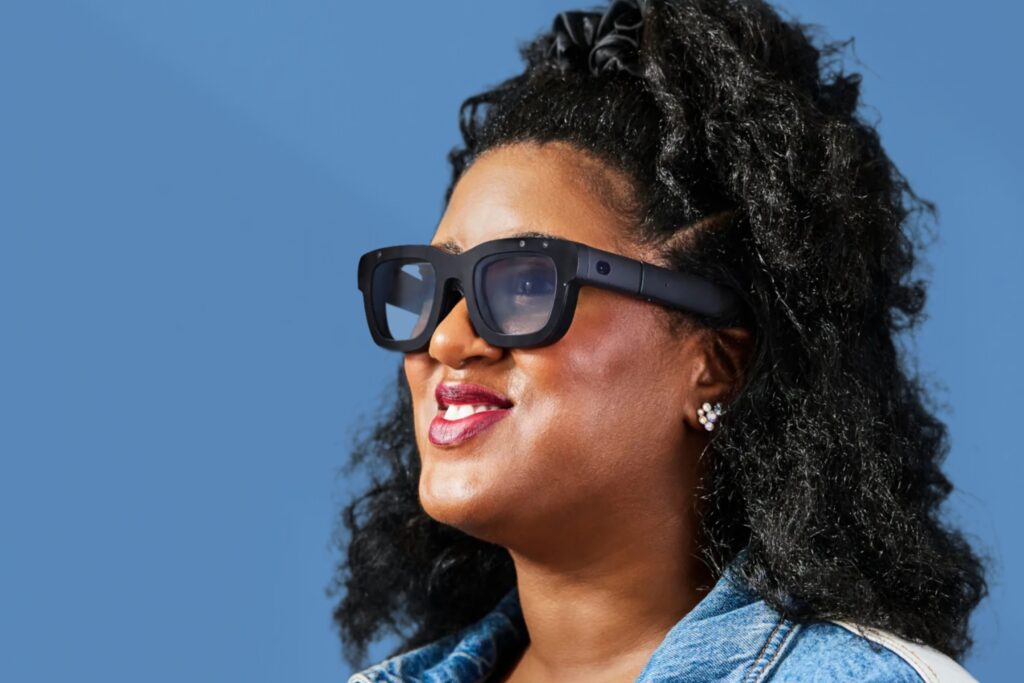Meta’s vision for AR isn’t based in reality

Everyone is talking about Meta’s Orion AR glasses so the horny one supposes we must discuss them. Yes, the Macalope, like many others, will now give you opinions about how Orion, a device you cannot buy, compares to the Apple Vision Pro, a device most people do not own.
He hopes you’re happy.
This is how the technology commentary sausage is made. Don’t look away. Observe as the ground animal products are fed into the casing made of intestines. Let’s start with The Verge and its coverage, titled, “Meta’s big tease”
Consisting of what look like an extremely chunky pair of Ray-Bans, a wrist sensor, and a control module, the Orion AR glasses are a prototype and not available to purchase, which is just as well as Meta says they’d cost “in the ballpark of $10,000 per unit”… to make. So, is it that surprising that everyone seems to think these crazy expensive glasses are better than the Vision Pro? Probably not that surprising.
Ben Thompson (subscription required) thinks Meta’s choice to make them actual glasses rather than using high-resolution screens is a winner, providing a wider field of view and real-life resolution for the user and actual eyeballs for the people around the user. The glass is not actual glass, however, and it’s not even transparent aluminum, it’s silicon carbide, which sounds like a mid-20th century company that may have turned several midwest towns into a smoldering hellscape. Much of the rest is similar to the Vision Pro’s take on spatial computing, with a few different choices here and there.
It’s not all sunshine and roses, though. John Gruber points out Orion’s basic problems. First, you can’t buy one. For years the Macalope has joked about how amazing it is that unshipped products from Microsoft continuously beat currently shipping products from Apple. Guess it’s not just Microsoft.
Second, Gruber says, if you could buy one of these would cost way more than what a Vision Pro costs. Third, it gets two hours of battery life. Finally, while looking more normal for everyday wear than the Vision Pro, it still doesn’t look “normal” normal, unless you’re going for a look that says “extreme Milhouse Van Houten.”
That’s a bit of a joke, but there are people who rock that look, or try to anyway. Remember the derision AirPods got when they came out? Now they’re everywhere. While not exactly fashionable, they are fashion-passable. And the Macalope believes that extra chunky glasses could also become fashion-passable if there are compelling use cases for wearing them out regularly.
IDG
Commentary on Orion has reached such a fever pitch we even have people providing snarky commentary on the snarky commentary about the coverage of a device that isn’t actually shipping. For the Macalope’s money, though, Jason Snell’s take is the best: “Meta and Apple: Same game, different rules”
This game has no rules. There’s no single accepted way to play it.
These are different devices. Apple’s is most assuredly rooted in the here and now (inasmuch as you can actually buy one, assuming you have $3,500 lying around) and its form factor may not stand the test of time. But, as Snell points out, the company is also reportedly has been working on AR glasses. They shipped the Vision Pro because… they could ship the Vision Pro.
Who’s ahead? I would argue that it’s impossible to tell, because if Apple had a product like Orion we would never see it.
It’s easy to say Apple blew it with the Vision Pro and Orion is a better vision (no) for the future. But when companies are trotting out their prototypes in order to stay relevant, it’s pretty clear this category is just getting started.


